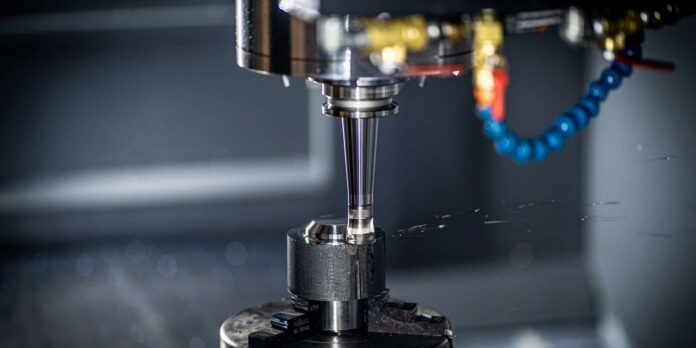Aluminum parts manufacturing has become a critical process in producing modern microwave antennas. With the increasing demand for high-frequency signal transmission, precision and accuracy are paramount in manufacturing. Computer Numerical Control (CNC) machining is one of the most efficient methods for aluminum parts manufacturing, especially for microwave antenna components. This article will explore the role of CNC machining and aluminum alloy in microwave antenna manufacturing. Let’s first look at CNC machining to understand the process better.
What is CNC Machining?
CNC machining is a type of manufacturing where machine tools are controlled and used by computers. The process uses a computerized system that reads and executes G-code instructions to control the movements of the machine tool. Complex and precise parts can be produced using CNC machining that would be challenging or impossible to produce using other manufacturing processes.
The Benefits of CNC Machining in Aluminum Alloy Microwave Antenna Manufacturing
Aluminum alloy is widely used in microwave antenna manufacturing because of its excellent thermal conductivity, low weight, and high strength-to-weight ratio. CNC machining offers several benefits in the production of microwave antenna parts, including:
Precision
CNC machining allows for producing highly accurate parts with tight tolerances, ensuring that the antenna functions optimally.
Flexibility
CNC machines can produce various parts, including complex shapes and contours, which is important in producing microwave antennas.
Efficiency
CNC machining can be faster and more efficient than other manufacturing methods, reducing production time and costs.
Reproducibility
CNC machining can produce identical parts with consistent quality, which is essential for the mass production of microwave antennas.
CNC Machining in Aluminum Alloy Microwave Antenna Manufacturing
CNC machining is used extensively in producing microwave antenna parts. These parts include transition blocks, waveguide components, and reflectors. The precision and accuracy of CNC machining make it an ideal method for manufacturing these parts, which must meet strict specifications for signal transmission.
- Transition blocks are crucial components in microwave antenna manufacturing, connecting the waveguide to the antenna horn. CNC machining allows for precise transition blocks with complex geometries essential for optimal signal transmission. Using aluminum alloy in transition block manufacturing further enhances the antenna’s performance by reducing signal loss due to its high thermal conductivity.
- Waveguide components are another critical part of the microwave antenna system. CNC machining produces waveguide components such as bends, twists, and straight sections, which must be precisely manufactured to ensure signal integrity. CNC machining can produce these components with tight tolerances, ensuring the signal is transmitted efficiently.
- Reflectors are also important parts of the microwave antenna system, as they shape and direct the signal. CNC machining can produce reflectors with precise shapes and contours, ensuring the signal is correctly reflected. Aluminum alloy is ideal for reflector manufacturing, as it offers low weight and high thermal conductivity.
Conclusion
CNC machining plays a critical role in microwave antenna manufacturing. Its precision, flexibility, efficiency, and reproducibility make it ideal for producing complex and accurate parts. Using CNC machining to produce transition blocks, waveguide components, and reflectors ensures optimal signal transmission in microwave antenna systems. As the demand for high-frequency signal transmission increases, CNC machining will continue to play a vital role in aluminum alloy parts manufacturing for microwave antennas.









